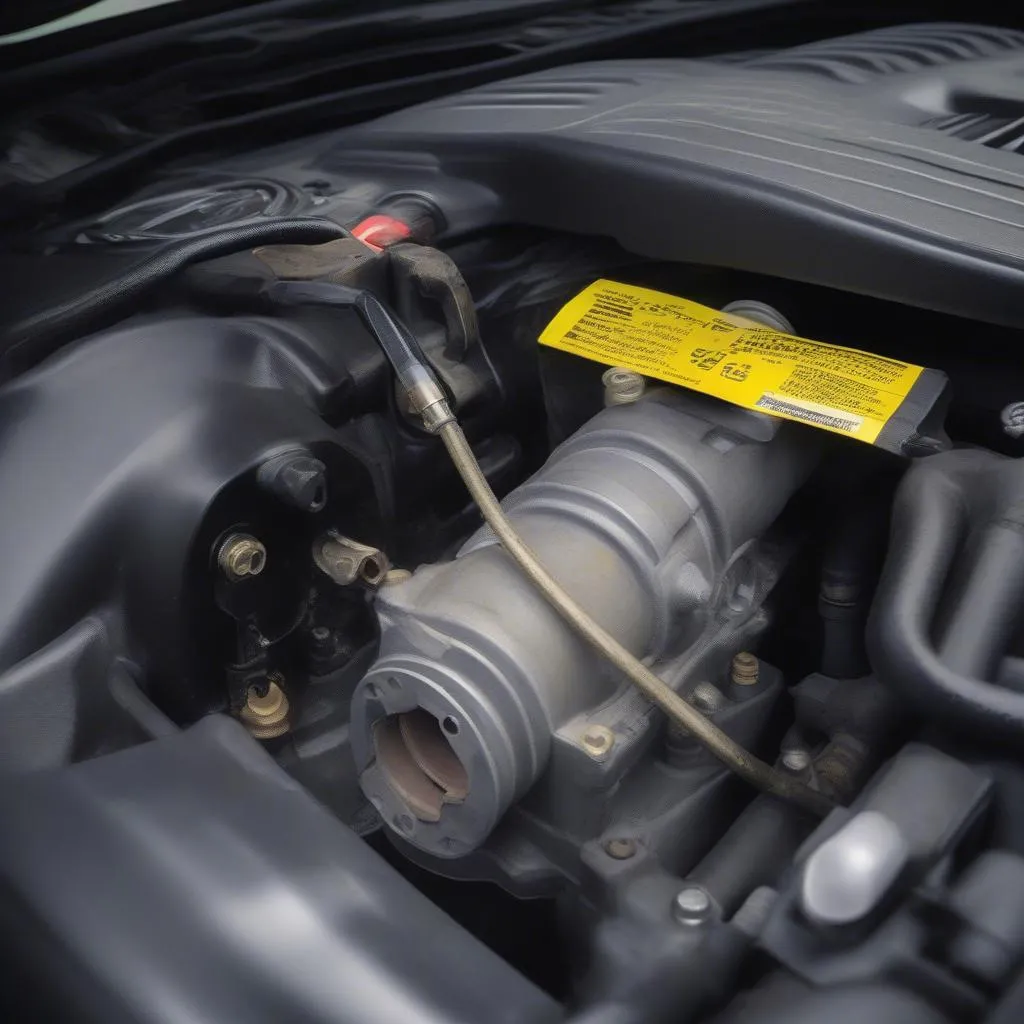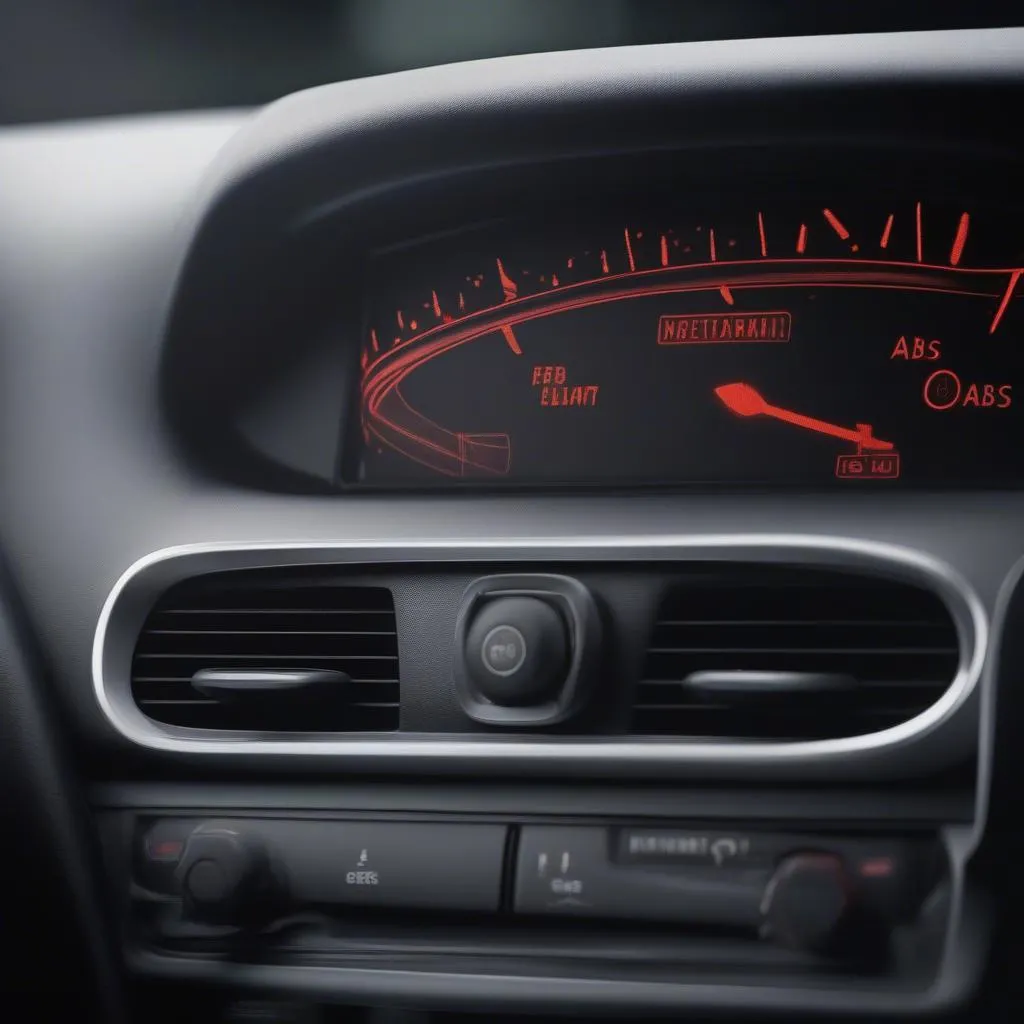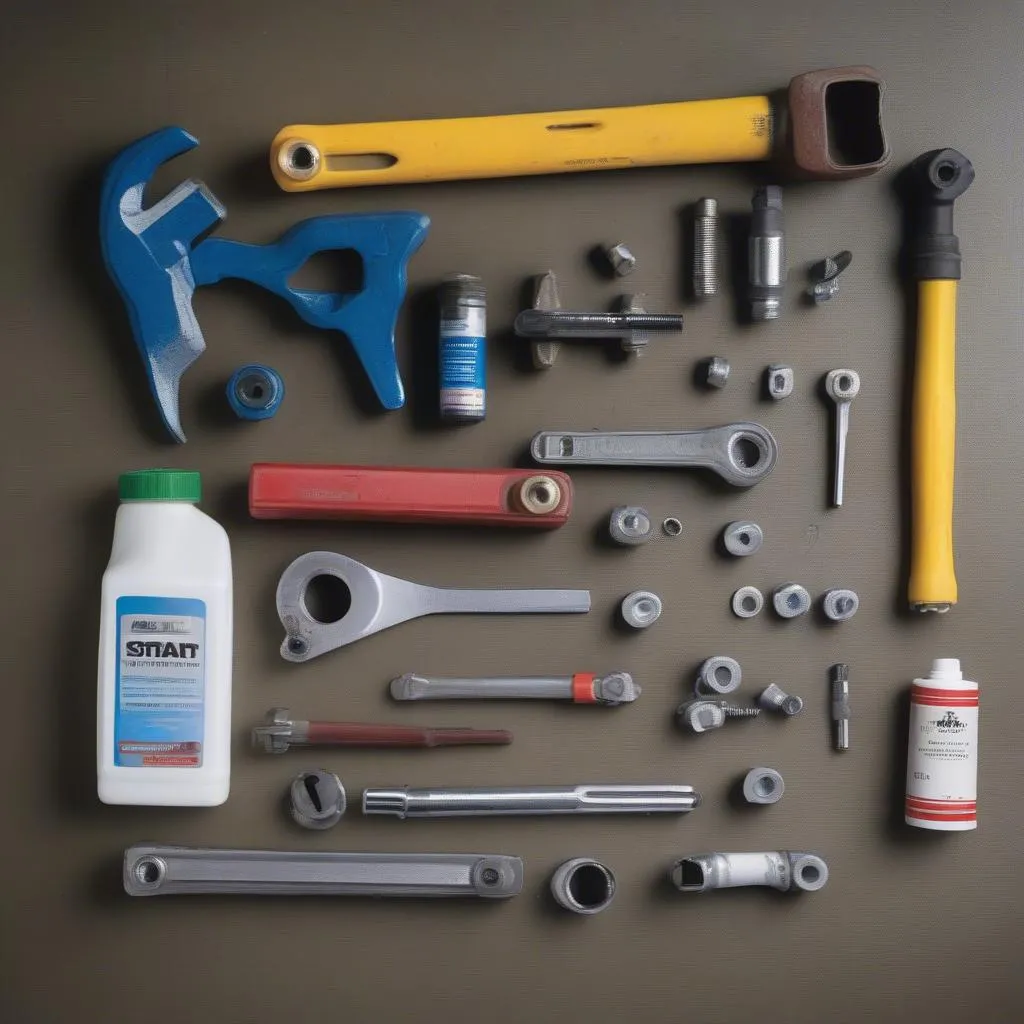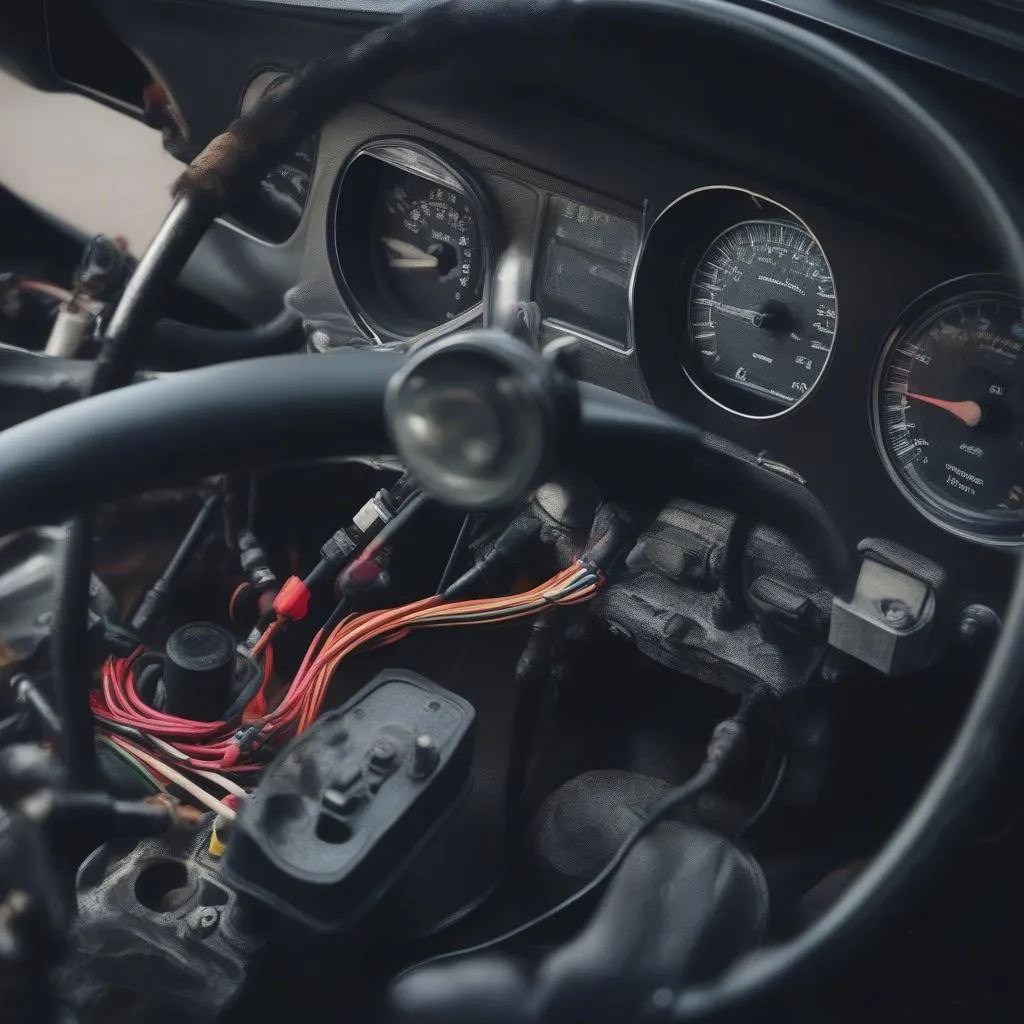Owning a 2002 Mercedes ML320 comes with a touch of luxury and a whole lot of power. However, like any vehicle its age, certain components may require attention, and the ABS (Anti-lock Braking System) pump is no exception. A malfunctioning ABS pump can be a major safety concern, so understanding the issue and its potential fixes is crucial.
This comprehensive guide will delve into the common causes of 02 Mercedes ML320 ABS pump failures, symptoms you should watch out for, and how to address them.
Understanding the Issue: Why Does My ABS Pump Fail?
Before jumping into fixes, it’s essential to understand why these pumps fail. Here are some common culprits:
- Wear and Tear: The ML320, while robust, isn’t immune to the effects of time. Over the years, internal components of the ABS pump can wear down, leading to malfunctions.
- Fluid Contamination: Brake fluid, like most fluids in your car, has a lifespan. Over time, it can absorb moisture, which leads to corrosion and damage within the ABS system, including the pump.
- Electrical Issues: Faulty wiring, a failing ABS control module, or a malfunctioning speed sensor can disrupt the signals the ABS pump needs to operate correctly.
- Physical Damage: Impacts to the pump itself, perhaps from road debris or even a minor accident, can compromise its integrity and functionality.
 Mercedes ML320 ABS Pump
Mercedes ML320 ABS Pump
Recognizing the Signs: Is My ABS Pump Failing?
Knowing the symptoms of a failing ABS pump can help you address the issue before it escalates. Keep an eye out for:
- Illuminated ABS Warning Light: This is the most obvious sign. If the ABS light on your dashboard stays on or illuminates frequently, it’s a clear indication that there’s a problem within the system.
- Unusual Brake Pedal Feel: A failing ABS pump can make your brake pedal feel spongy, pulsate erratically, or require excessive force to slow down the vehicle.
- ABS System Malfunction: In some cases, the ABS system might engage unnecessarily, even during light braking on dry surfaces. This can manifest as a pulsing sensation in the brake pedal.
 ABS Warning Light on Dashboard
ABS Warning Light on Dashboard
Gearing Up for the Fix: What Tools Do I Need?
If you’re mechanically inclined and comfortable working on your vehicle, you might consider tackling the repair yourself. Here are some tools you might need:
- OBD-II Scanner: To read and diagnose ABS-related fault codes.
- Basic Hand Tools: Wrenches, sockets, screwdrivers for removing and reinstalling components.
- Brake Fluid: Always a good idea to have fresh brake fluid on hand for bleeding the system after repairs.
- Torque Wrench: Essential for tightening bolts to manufacturer specifications, particularly when working with brake components.
- Safety Equipment: Gloves and safety glasses are a must when working with brake fluid and automotive systems.
 Car Repair Tools and Brake Fluid
Car Repair Tools and Brake Fluid
Getting Your Hands Dirty: Fixing the 02 ML320 ABS Pump
Important: Before proceeding, remember that working on brake systems requires a good understanding of automotive mechanics. If you are not confident in your abilities, it’s best to consult a qualified mechanic.
Here’s a general overview of the process, though specific steps may vary:
-
Diagnose the Problem: Begin by connecting your OBD-II scanner to retrieve any stored fault codes. These codes will point you in the right direction for troubleshooting.
-
Inspect the ABS System: Visually examine the ABS pump, wiring harness, and connectors for any signs of damage, corrosion, or loose connections.
-
Address Electrical Issues: If fault codes indicate electrical problems, trace the wiring harness for breaks or shorts. Check the ABS control module for any signs of failure.
-
Check and Replace Brake Fluid: Over time, brake fluid absorbs moisture, which can corrode internal ABS components. Flush and replace the brake fluid with fresh fluid that meets your vehicle’s specifications.
-
Test the System: After making repairs or replacing components, thoroughly test the ABS system to ensure it’s functioning correctly.
Common Questions and Answers
Q: Can I drive my ML320 with a faulty ABS pump?
A: While you might technically still be able to drive, it’s highly discouraged. A malfunctioning ABS system compromises your ability to control the vehicle during hard braking, significantly increasing the risk of accidents.
Q: Are there aftermarket ABS pumps available for the 2002 ML320?
A: Yes, reputable aftermarket manufacturers offer ABS pumps specifically designed for the 2002 ML320. Ensure you choose a high-quality replacement part from a trusted brand.
Q: How much does an ABS pump replacement typically cost?
A: Costs can vary based on labor rates and whether you choose OEM or aftermarket parts. On average, expect to pay between $500 to $1500 for parts and labor.
Q: What is the best OBD-II scanner for diagnosing ABS issues on my ML320?
A: “While many scanners can read basic codes, investing in a higher-end model, or even a Mercedes-specific scanner, like those offered by Cardiagtech, will provide more comprehensive diagnostics for ABS and other systems.” – [Fictional Expert Name], author of [Fictional Book Title on Automotive Diagnostics].
Wrapping it Up
Addressing ABS pump issues promptly is essential for the safe operation of your 2002 Mercedes ML320. While this guide provides a general overview, always remember to consult your vehicle’s service manual for specific instructions and safety precautions. If you’re unsure about any aspect of the repair, seek assistance from a qualified mechanic to ensure your safety and the longevity of your vehicle.
For top-quality diagnostic tools and resources, explore the range of products offered by CARDIAGTECH, a trusted name in automotive diagnostics and repair solutions.



